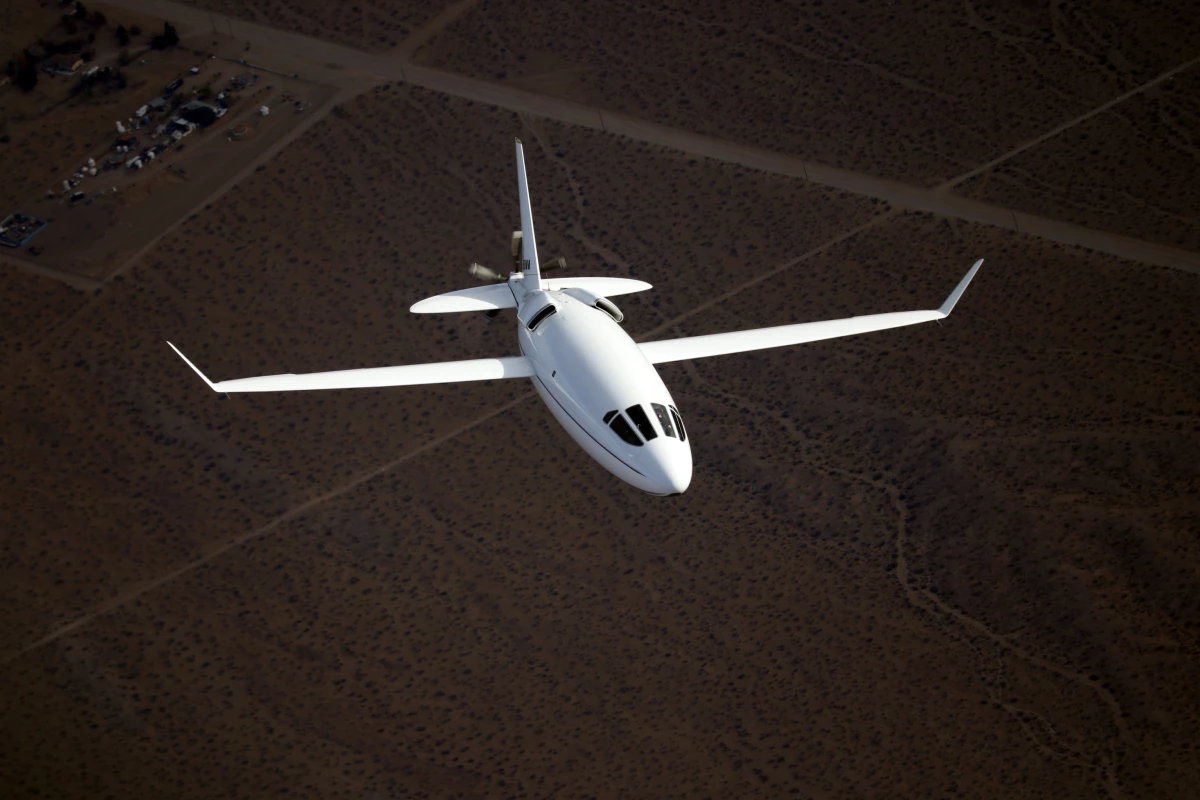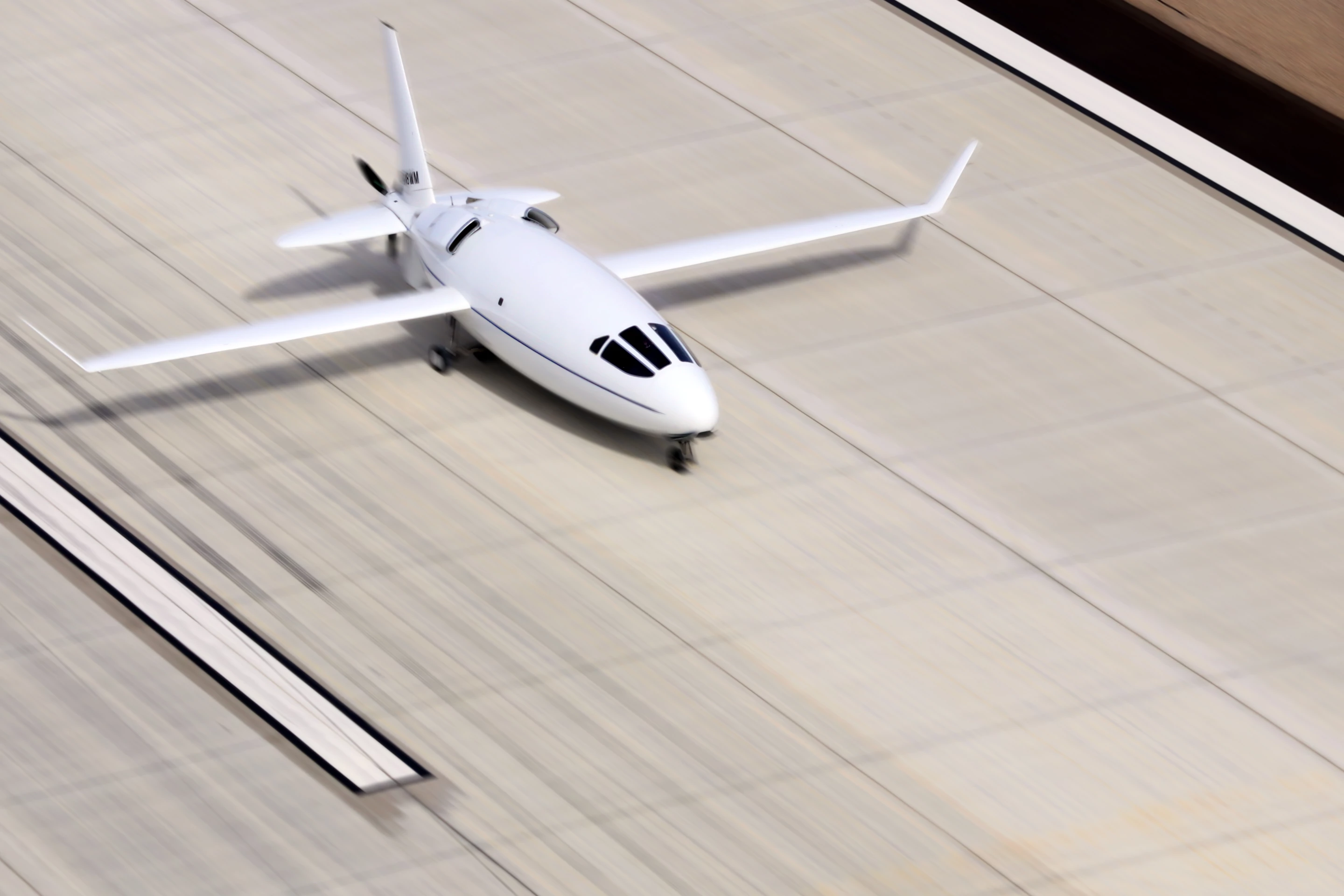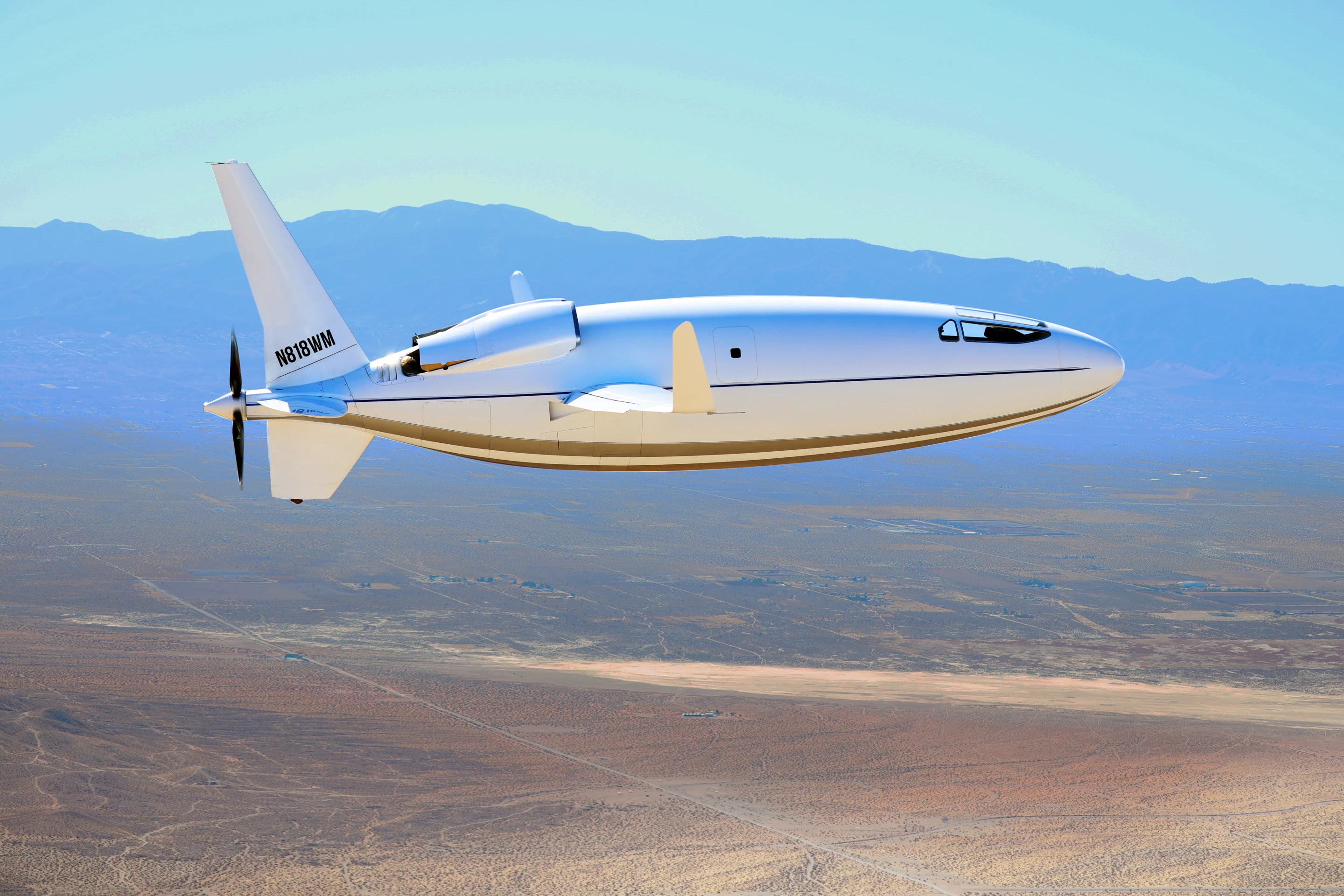Otto Aviation claims its odd-looking Celera 500L "bullet plane" is "the biggest thing to happen to the aviation and travel industries in 50 years," and that its extreme fuel economy could make private flights as affordable as regular commercial air travel.
Let's start with the numbers. Otto claims the Celera 500L gets fuel economy figures between 18-25 mpg (13-9 L/100km). That's somewhere around the economy you'd get driving a Honda Odyssey minivan, and it absolutely stomps the 2-3 mpg (118-78 L/100km) figure Otto says a comparable jet aircraft returns. That, plus a reasonably simple Red A03 V12 combustion engine, reduces running costs to an estimated US$328 per hour, where Otto says a comparable jet would cost US$2,100 per hour. So it uses somewhere around 1/8th the fuel and costs somewhere around 1/6th as much to run.
It can carry six passengers in a degree of luxury, with lots of leg room, for up to 4,500 nautical miles (8,334 km) – more than double the range of, say a Citation CJ3+ jet. That means it'll fly from LA to New York on a little over half a tank of gas. It's almost as quick as the Citation, as well; the Citation jet tops out at close to 480 mph (772 km/h), and the C500L projects a max cruise speed over 460 mph (740 km/h), on a single pusher prop.
Its outstanding fuel economy puts it way ahead of the curve on emissions, as well; Otto says it's over 30 percent more efficient than the FAA and ICAO target emissions standards for aircraft entering service after 2031. And its glide ratio of 22:1 allows it to glide unpowered for up to 125 miles (200 km), which the company says is "roughly 3x better than the typical aircraft."
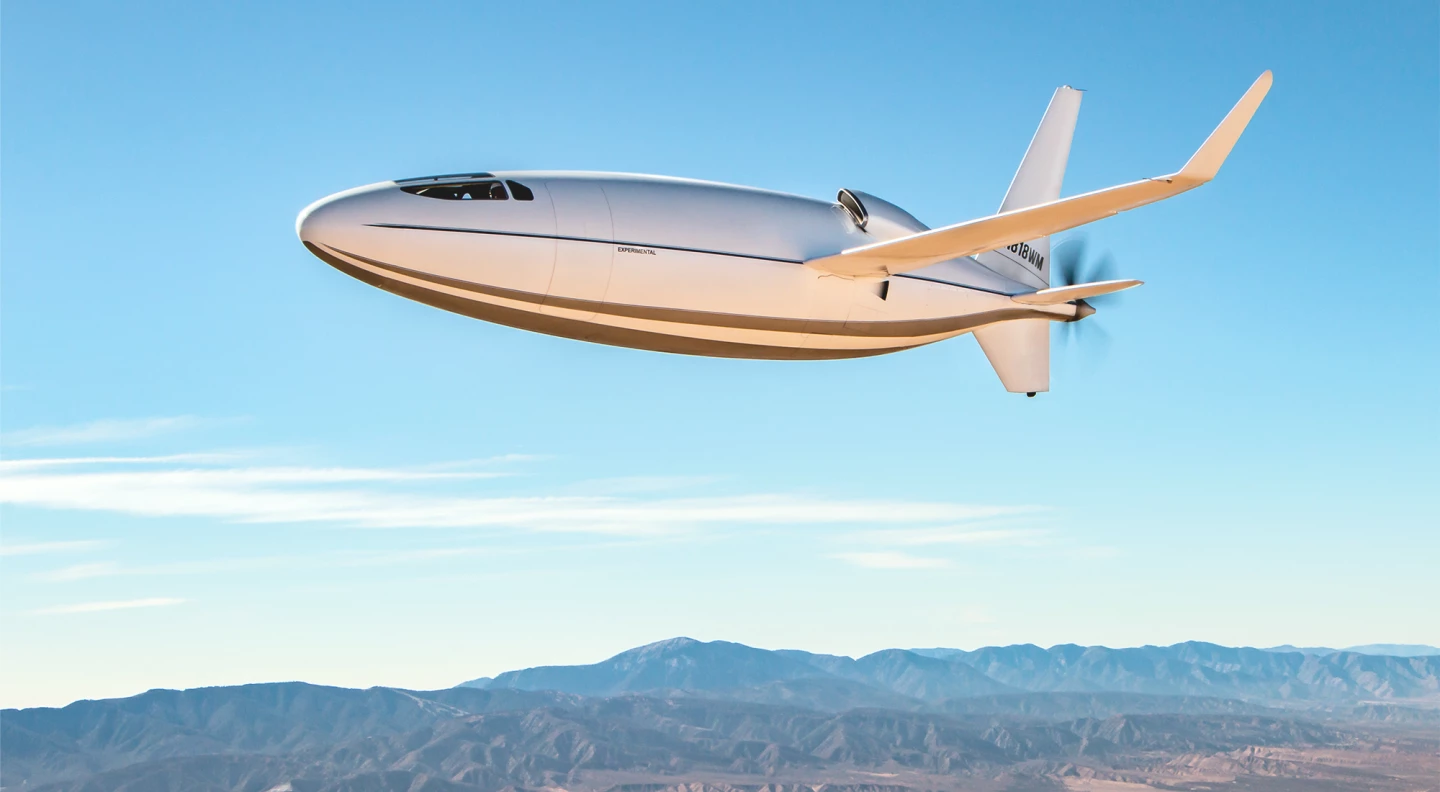
It accomplishes all these feats, Otto claims, because of its oddly shaped design, which makes extensive use of laminar flow surfaces to create "smooth layers of airflow with little to no mixing of adjacent layers." The bulbous-looking flying suppository shape of the C500L allows an astonishing 59 percent reduction in drag, says Otto, when compared to a similarly sized traditional design.
This raises questions: if it's so efficient, why the heck is this the first time we've seen it? And what the heck have other manufacturers been prioritizing in their wind tunnel designs? One possible answer lies in the fact that Otto says the benefits will not scale upward to a full-sized airliner; the length-to-width ratio is critical.
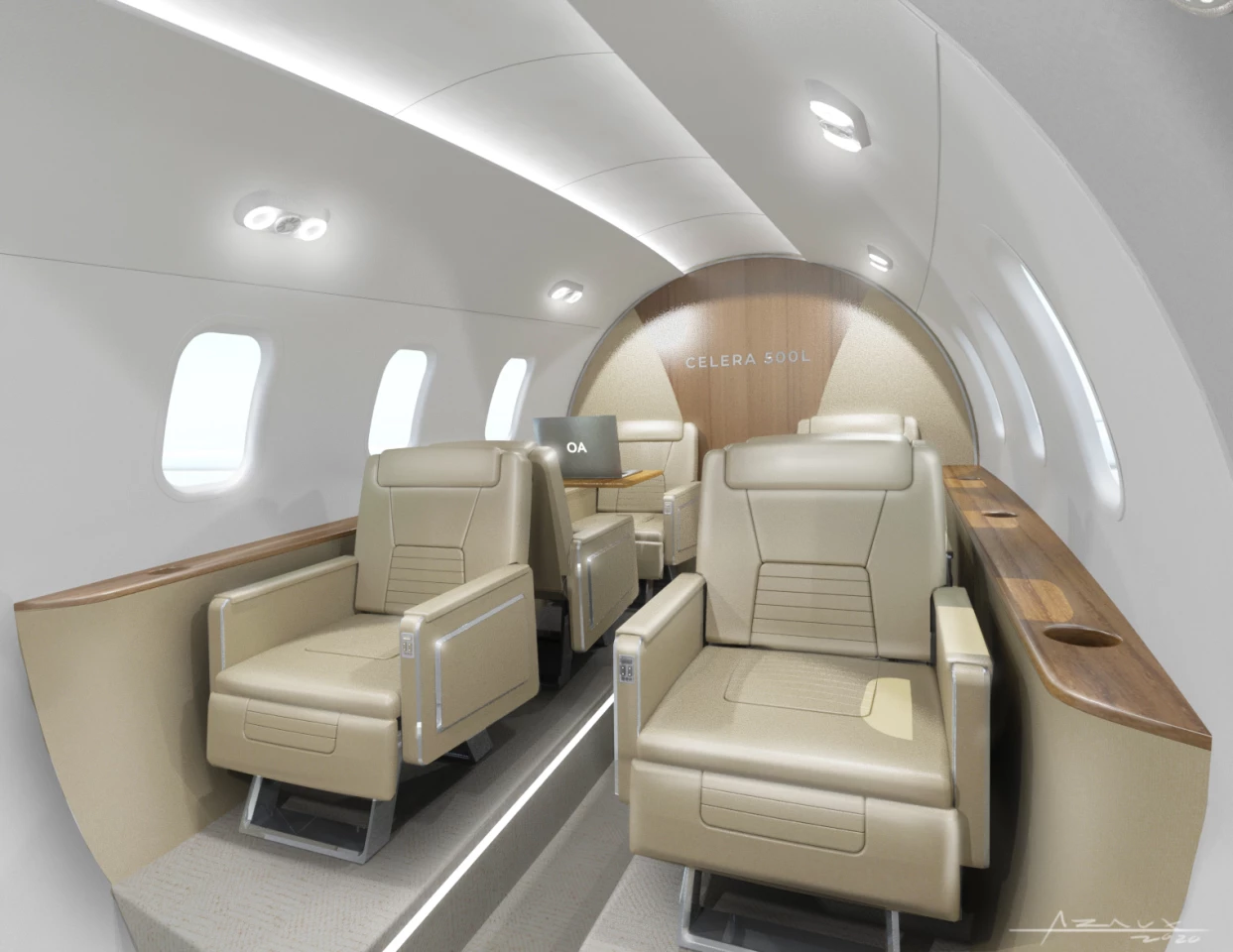
Typically, small aircraft like this would really only be relevant to the very top end of town, but Chairman and Chief Scientist William Otto Jr says, "in many cases, individuals and families will be able to charter the Celera 500L at prices comparable to commercial airfares, but with the added convenience of private aviation. We believe when the price of private air travel is competitive with commercial air travel, an enormous market opportunity will result.”
Otto says it has now completed 31 successful test flights with the full-scale prototype aircraft "that validate its operating performance goals," but there's no indication of when we might see a production design ... or super-cheap private flights between small airports.
It's an extraordinary set of claims, and we look forward to seeing the Celera 500L bullet plane prove its mettle; on paper it looks every bit like a game changer.
Source: Otto Aviation
